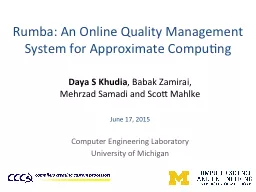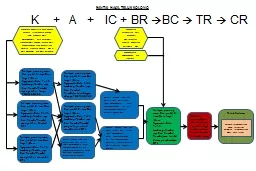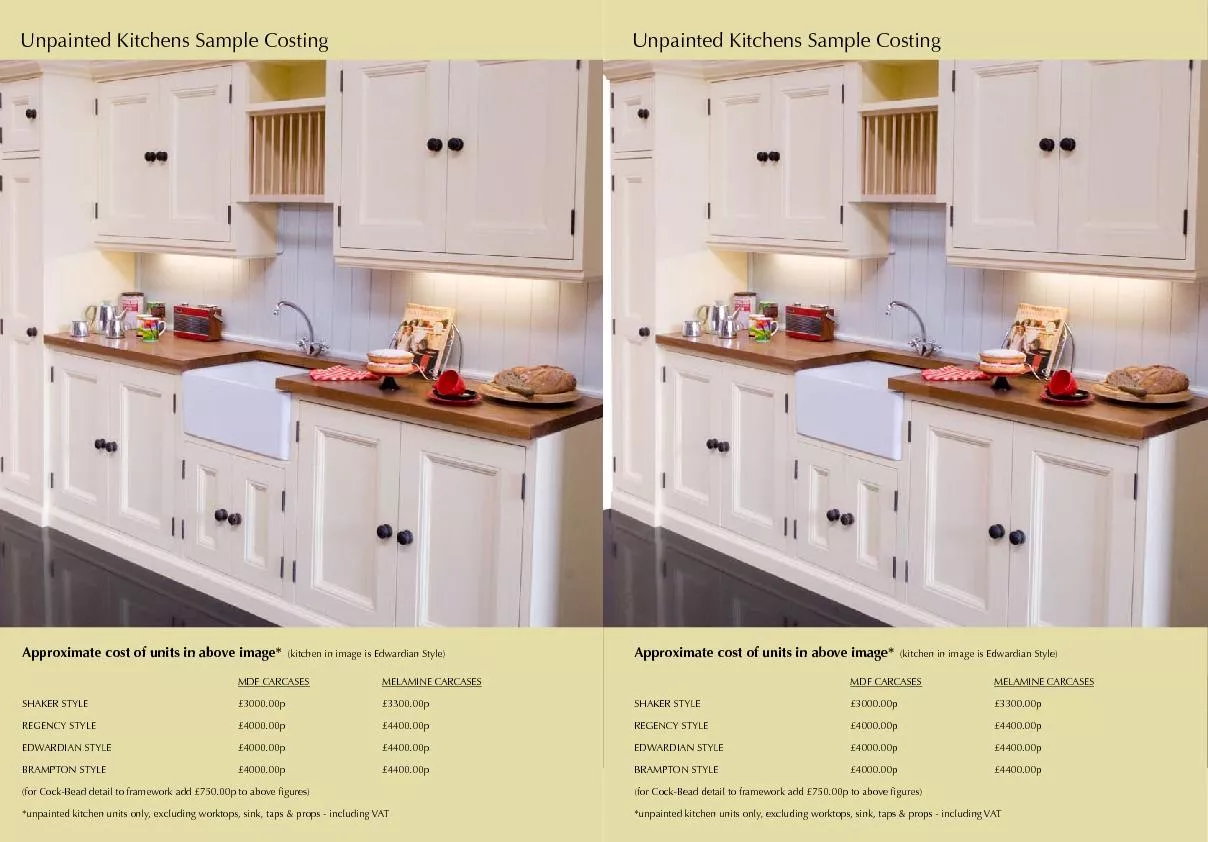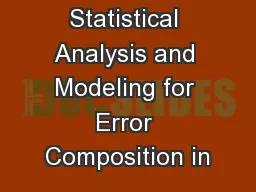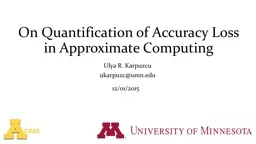PPT-Rumba: An Online Quality Management System for Approximate
Author : tatiana-dople | Published Date : 2016-07-06
Daya S Khudia Babak Zamirai Mehrzad Samadi and Scott Mahlke June 17 2015 Computer Engineering Laboratory University of Michigan Approximate Computing
Presentation Embed Code
Download Presentation
Download Presentation The PPT/PDF document "Rumba: An Online Quality Management Syst..." is the property of its rightful owner. Permission is granted to download and print the materials on this website for personal, non-commercial use only, and to display it on your personal computer provided you do not modify the materials and that you retain all copyright notices contained in the materials. By downloading content from our website, you accept the terms of this agreement.
Rumba: An Online Quality Management System for Approximate: Transcript
Download Rules Of Document
"Rumba: An Online Quality Management System for Approximate"The content belongs to its owner. You may download and print it for personal use, without modification, and keep all copyright notices. By downloading, you agree to these terms.
Related Documents

